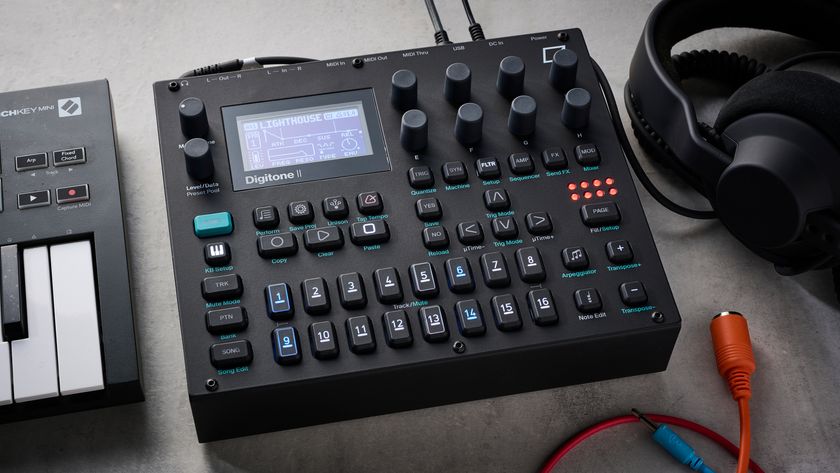Roland’s new range of padded keyboard bags promises premium protection for your synth or piano
Cases are designed for transportation and at-home storage

Roland has unveiled a new line of keyboard cases, designed for both transporting and storing your favourite synth and digital piano hardware.
If you’re planning on hitting the road at some point, then you might favour the SC-G series of semi-rigid cases. Each model features what are said to be durable exterior materials, side impact walls and internal foam padding, plus adjustable internal straps to keep your keyboard secure while it’s on the move.
To save your back, each SC-G case comes with three built-in wheels, too, along with skid rails and reinforced handles. There’s also a capacious front pocket, which is suitable for stuffing with pedals, mics and other gig essentials.
The SC-G series includes models for 61-note keyboards (SC-G61W3, $300), 76-note keyboards (SC-G76W3, $350), and 88-note keyboards (SC-G88W3, $370).
Owners of portable 88-note pianos or synths might also consider the new CB-B88V2 Keyboard Bag ($150), a protective melange of thick padding and soft fleece materials, with a rugged exterior designed to shield your instrument from bumps and scrapes.
Again, there’s a large front pocket - use it for sheet music or accessories - and a padded insert means that you can adjust the bag to fit keyboards of different lengths.
Finally, we have the catchily-named CB-GO61KP Keyboard Bag ($80), designed for the 61-note keyboards in Roland’s GO series. This one includes a handle and backpack straps, along with both internal and external pockets.
Get the MusicRadar Newsletter
Want all the hottest music and gear news, reviews, deals, features and more, direct to your inbox? Sign up here.
- Enhance your rig with the best keyboard stands



I’m the Deputy Editor of MusicRadar, having worked on the site since its launch in 2007. I previously spent eight years working on our sister magazine, Computer Music. I’ve been playing the piano, gigging in bands and failing to finish tracks at home for more than 30 years, 24 of which I’ve also spent writing about music and the ever-changing technology used to make it.





![Chris Hayes [left] wears a purple checked shirt and plays his 1957 Stratocaster in the studio; Michael J. Fox tears it up onstage as Marty McFly in the 1985 blockbuster Back To The Future.](https://cdn.mos.cms.futurecdn.net/nWZUSbFAwA6EqQdruLmXXh-840-80.jpg)






